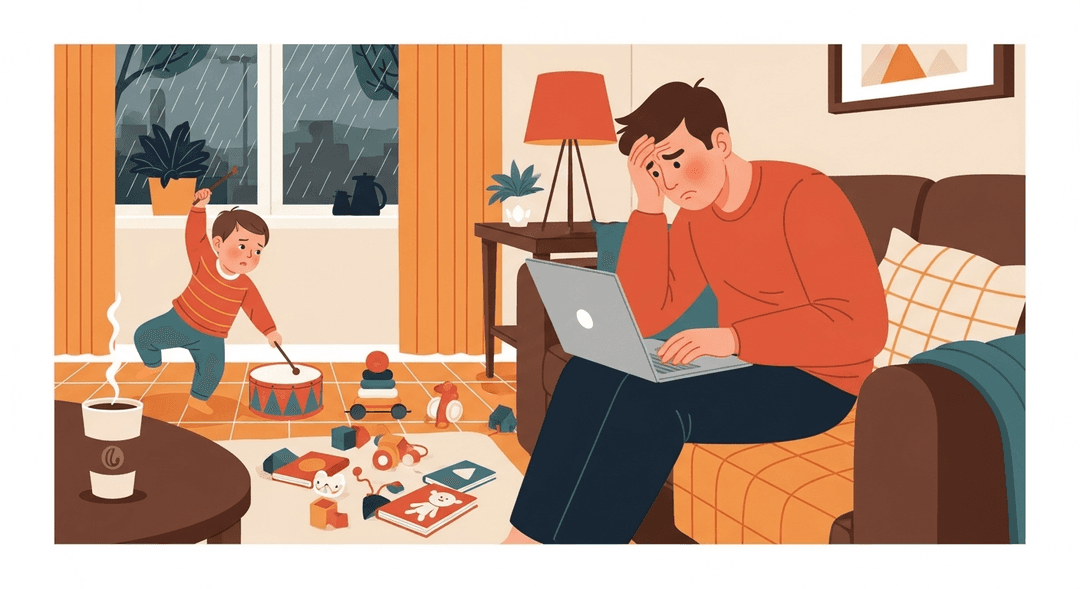Acknowledge and Normalize Your Emotions
Ever feel like your brain is a browser with 47 tabs open, and one of them is playing 'Baby Shark' on loop? Welcome to the club—where emotional whiplash is the daily special and nobody actually knows what they’re doing (spoiler: that’s normal). This is for parents who have ever ugly-cried in the bathroom, fake-smiled through a meltdown, or wondered if 'overwhelmed' is just your new personality. If you’ve ever felt like you’re running a marathon in clown shoes, you’re in the right place.
When you acknowledge your own emotions, you actually teach your brain (and your kid’s brain) to handle stress better. It’s like giving your mental health a high-five. This builds emotional intelligence, resilience, and even helps your child learn that feelings aren’t scary monsters—they’re just visitors. Plus, naming emotions calms the limbic system, so you’re less likely to snap at the dog or cry over spilled milk (literally).
How to do it
-
Notice when you’re feeling off—this might look like your eye twitching or suddenly craving three pounds of chocolate.
-
Pause and name the feeling out loud. For example, say, “I’m frustrated,” or “I’m exhausted.”
-
Remind yourself that it’s okay to feel this way. (Bonus points if you say this in front of your kid.)
-
If you can, try one of the following:
- Take a deep breath
- Do a silly dance
- Text a friend who understands
-
Remember, the goal isn’t to fix the feeling. Just notice it and let it pass—like a toddler in a superhero cape running by at full speed.
Key Tips:
- Naming your feelings out loud can help you process them.
- Showing your emotions in front of your child models healthy coping.
- Small actions, like dancing or reaching out to a friend, can make a big difference.
- It’s normal for feelings to come and go—try to observe them without judgment.
